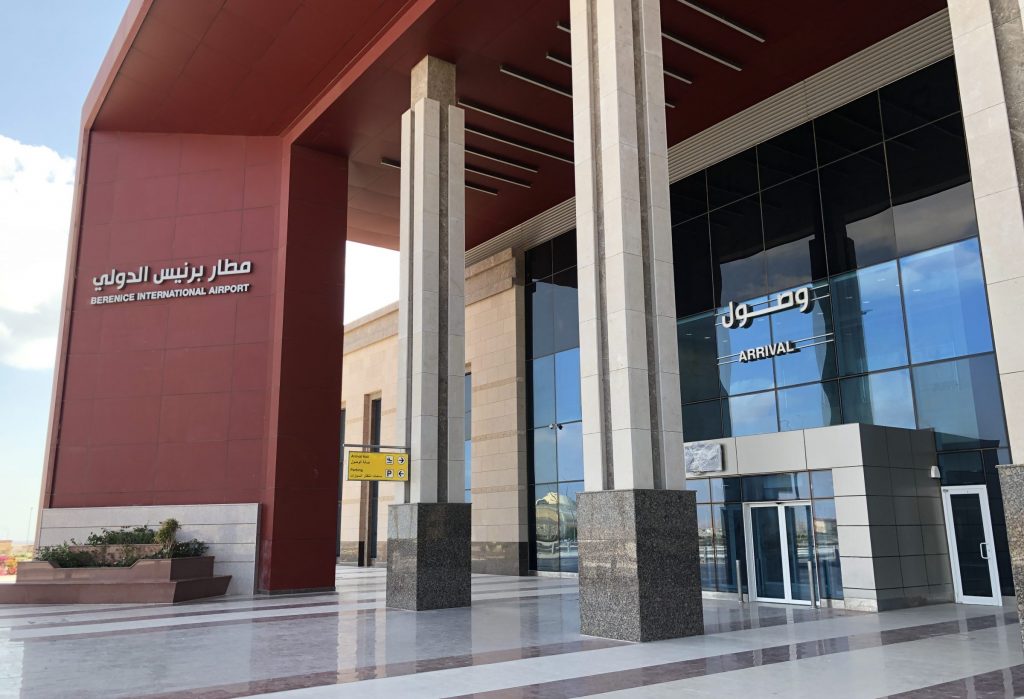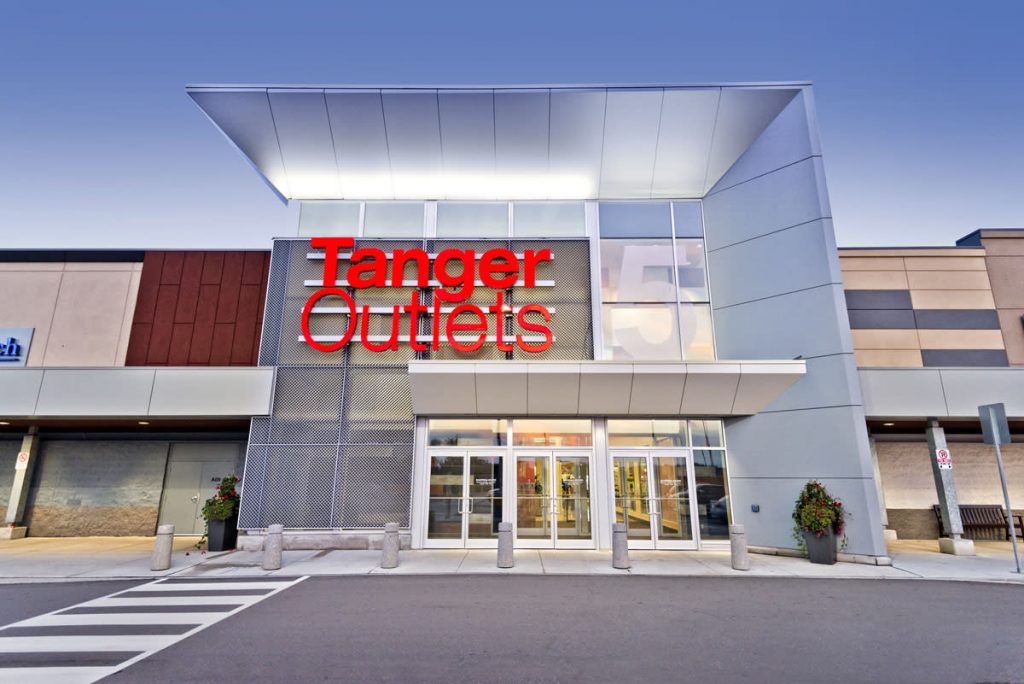At a Glance
This project called for a replacement of the existing fire alarm system at the Warkworth Institution, a medium security prison facility located in Warkworth, Ontario. The project needed to be completed in a manner that ensured minimal disturbance to inmates and staff. Mircom’s flagship solutions (FleX-Net and OpenGN) improved upon the existing system by updating the notification process, allowing for remote access, and minimizing the need for costly fire watch and monitoring. This case study examines the design considerations fundamental to retrofitting the institution to provide time-sensitive notifications in response to a fire situation.

Project Background
Opened in 1967, the Warkworth Institution is a correctional facility consisting of 39 separate buildings located in the town of Warkworth, Ontario. The institution’s design is based on a structured campus model and has a rated capacity of 537. The campus features inmate housing, a sports complex, a maintenance facility, and religious buildings.
When the buildings’ original system reached the end of its life, the Warkworth Institution chose to replace it with Mircom branded solutions because of their ease of use, affordability and strong reputation. The client opted to use Mircom’s FleX-Net system because it improved the notification function at the site of several main annunciators.
The Warkworth Institution now houses an intelligent f ire control unit with networking capability and real time graphical annunciation. The system spans 2 kilometers of new concrete encased duct banks and is connected via fiber optic networking.
Challenge
The challenge with any retrofit project is achieving co-operation between the new system and the old. Some aspects of the older system needed to be modified in the process of installation. Additionally, the old system could not be shut down completely while Mircom engineers installed FleX-Net because that would have left the facility temporarily unprotected.
The Mircom Solution
Mircom overcame these challenges by planning and executing the retrofit in a systematic and timely manner to ensure the institution’s continued protection. This entailed a direct oneto-one replacement of the pre-existing fire alarm equipment with FleX-Net Intelligent Solution and CLIP protocol detectors/modules while utilizing preexisting cabling. The team completed the project in a methodical manner, going building to building and verifying the new system along the way. This type of approach ensured minimal disturbance to the normal operations of the complex and minimized the need for fire watch, which saved time and money.
Benefits and Value Added
Mircom’s FleX-Net has reduced costs and operational complexity for the Warkworth Institution by eliminating multiple custom software interfaces to warning sources and dissemination systems. FleX-Net supports robust, stable network topology with redundant survivability and real time multi-lingual/ multi-audience messaging capability. In addition, Mircom offers support for framing warning messages which were customized specifically to the Warkworth Institution.
The Warkworth Institution further improved upon the previous system by including Mircom’s OpenGN software in their installation. OpenGN offers 3D and 2D views of the premises, greatly improving response time compared to the older system. It also introduced new capabilities into the facility such as remote access control.
The staff at Warkworth can now remotely bypass specific nodes without halting the activity of the entire system. The practical benefit of this function is that the rest of the facility remains protected even if there is an issue in one zone. The utilization of OpenGN software added value in the form of reduced costs and operational complexity.
Lastly, the proximity of the project to Mircom’s Head Office in Vaughan, Ontario permitted timely design and code assistance from Mircom employees.
The System
Mircom’s FleX-Net Series Network Fire Alarm Control Panels offer modular components to meet a wide variety of applications. Designed for peer-to-peer network communications, FleX-Net allows for up to 63 nodes, while providing reliability, flexibility and expandability.
Designed with the industry’s most advanced hardware and software, Mircom’s FleX-Net provides reliable and clear audible and visual notification, live voice instruction and Internet based text messaging. FleX-Net is a fully integrated UL/ULC listed fire alarm and voice evacuation mass notification system.
The award winning OpenGN software is a powerful graphics-based systems-monitoring tool that gives unprecedented visualization of on premise emergencies. The software is user friendly with a graphical enabled interface. OpenGN provides easy configuration and customization of alarm devices as well as customizable fire annunciation graphical icons.
The custom alarm and system status messaging feature instantly informs Warkworth building administrators of events and alarms. OpenGN also offers an extensive logging capacity of up to 500,000 events with status notations for report customization.

Installation and Team
The installation at Warkworth can be described as a four step process. As this retrofit was considered a one-to-one replacement, the first step was for the Mircom team to install the FleX-Net transponders side-by-side with each of the pre-existing fire alarm transponder units. At this time, the buildings were still monitored 100% by the pre-existing fire alarm system.
Next, the Mircom team established a network communication system utilizing peer-to-peer protocol between the FleX-Net transponder units. Each FX-2000 transponder unit, with the addition of the FNC-2000 Network card, was networked utilizing all new fiber optic cabling wired in a class A style.
The third step to completing the installation was to replace all devices from the original fire alarm system with intelligent, FleX-Net transponder units. The installers began the operation in the visitors’ center and main fire alarm reporting center, and subsequently worked to transfer the monitoring of field devices from the original fire alarm system to the FX-2000 transponders. Each building’s transponders were verified to ensure accurate programming before moving to the next building. As the installation progressed, all notification devices were also transferred to the new fire alarm system.
Lastly, once all devices had been transferred, the team began the removal of the existing fire alarm system to complete the installation.
Conclusion
The Mircom engineered solution delivered efficient building integration, stability and connectivity for the Warkworth Institution. The operations of the Institution were never disrupted during the term of the project, ensuring its continued protection. This successful retrofit installation is another example of Mircom’s Intelligent Building Solutions improving the notification process, allowing for remote access, and minimizing the need for costly fire watch and monitoring.




